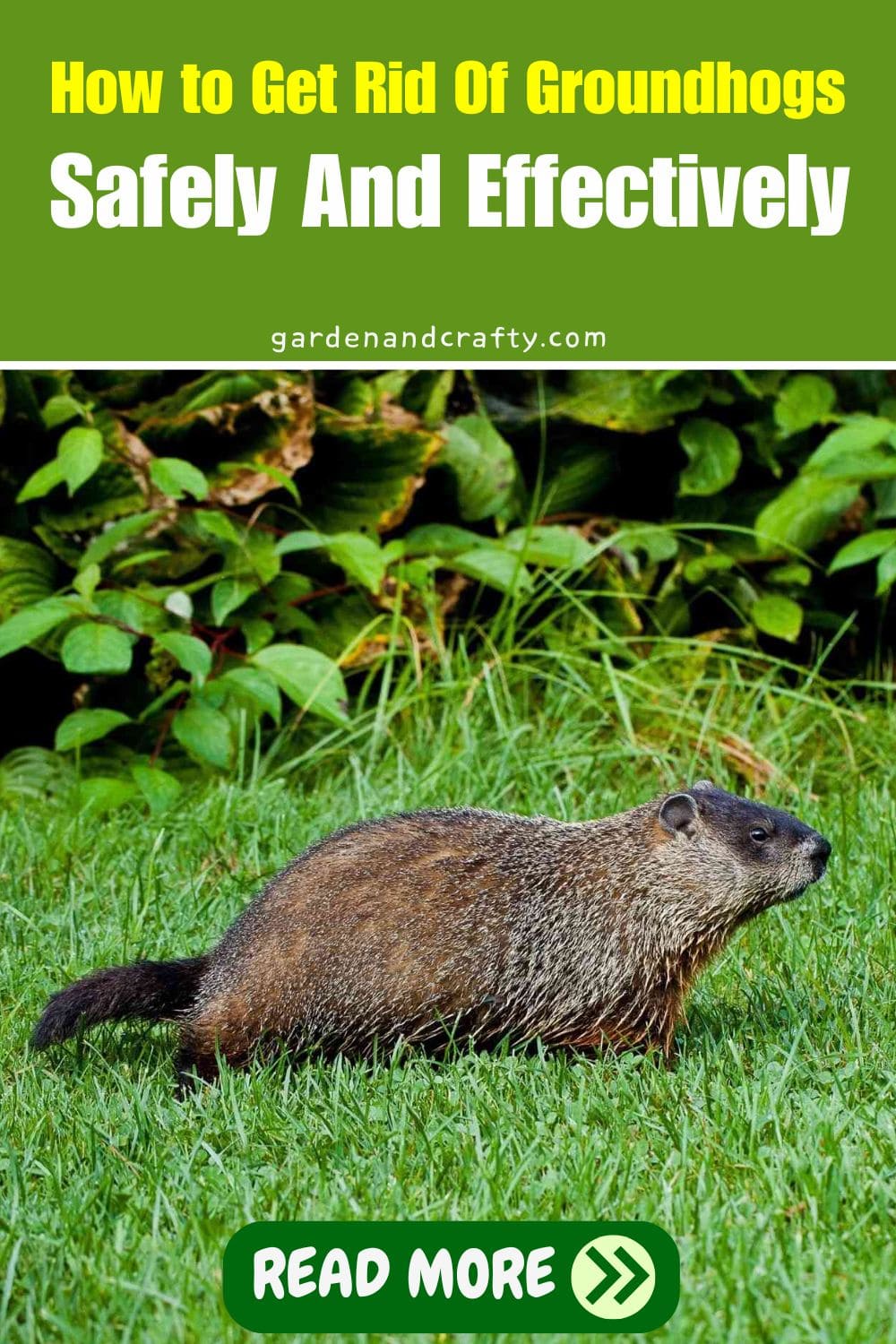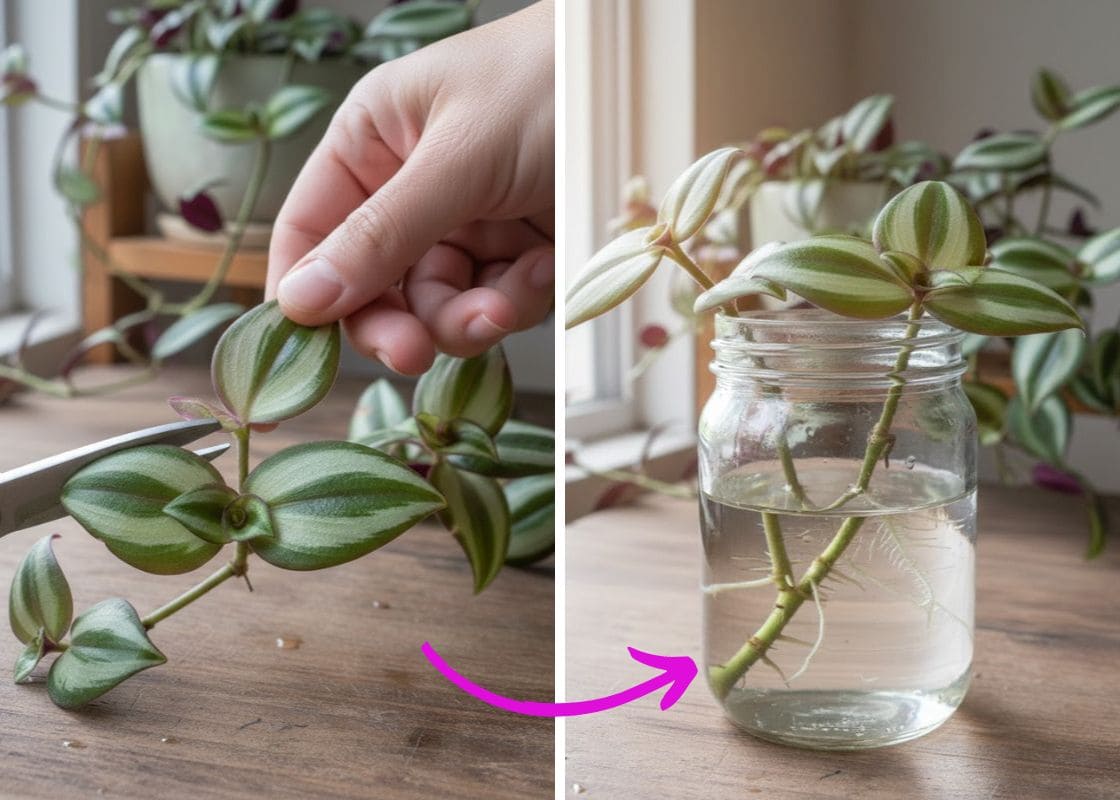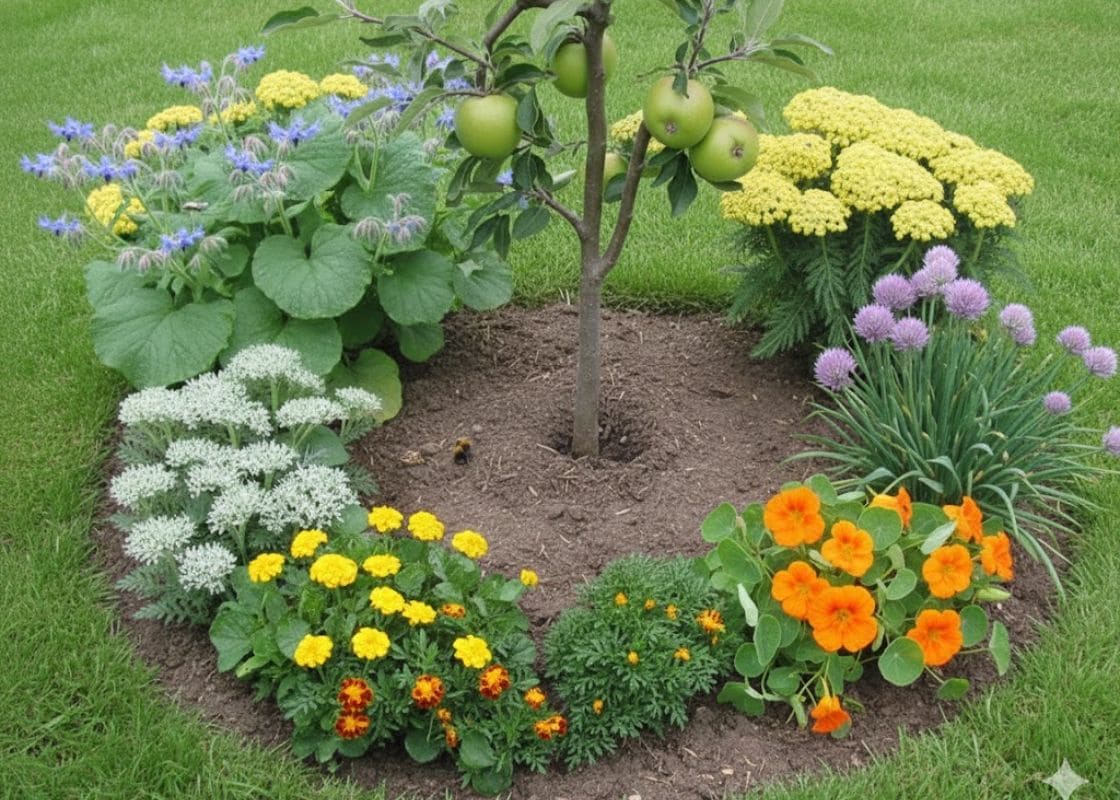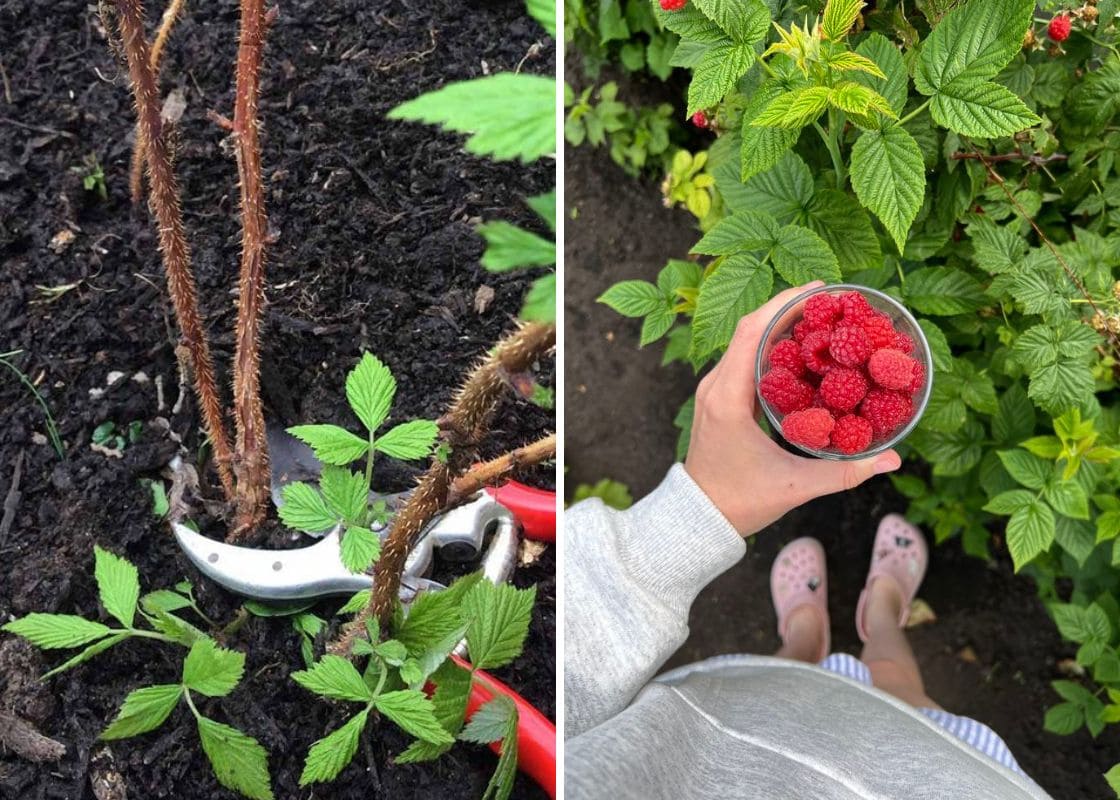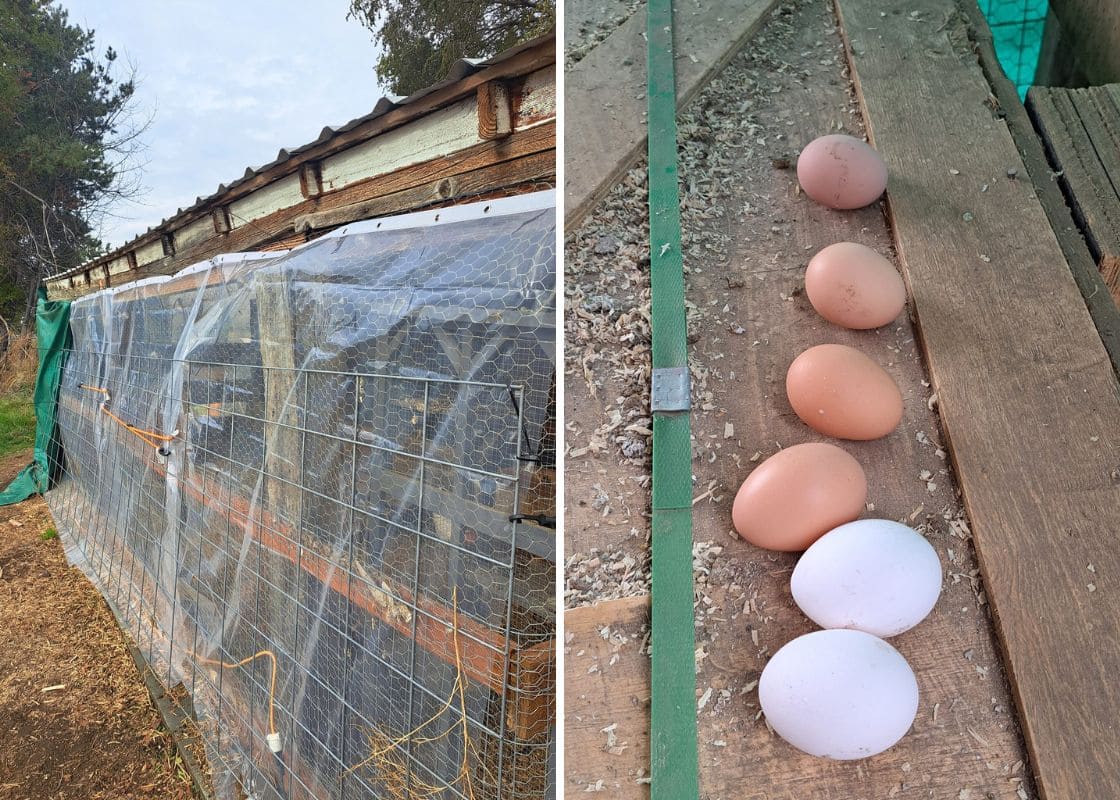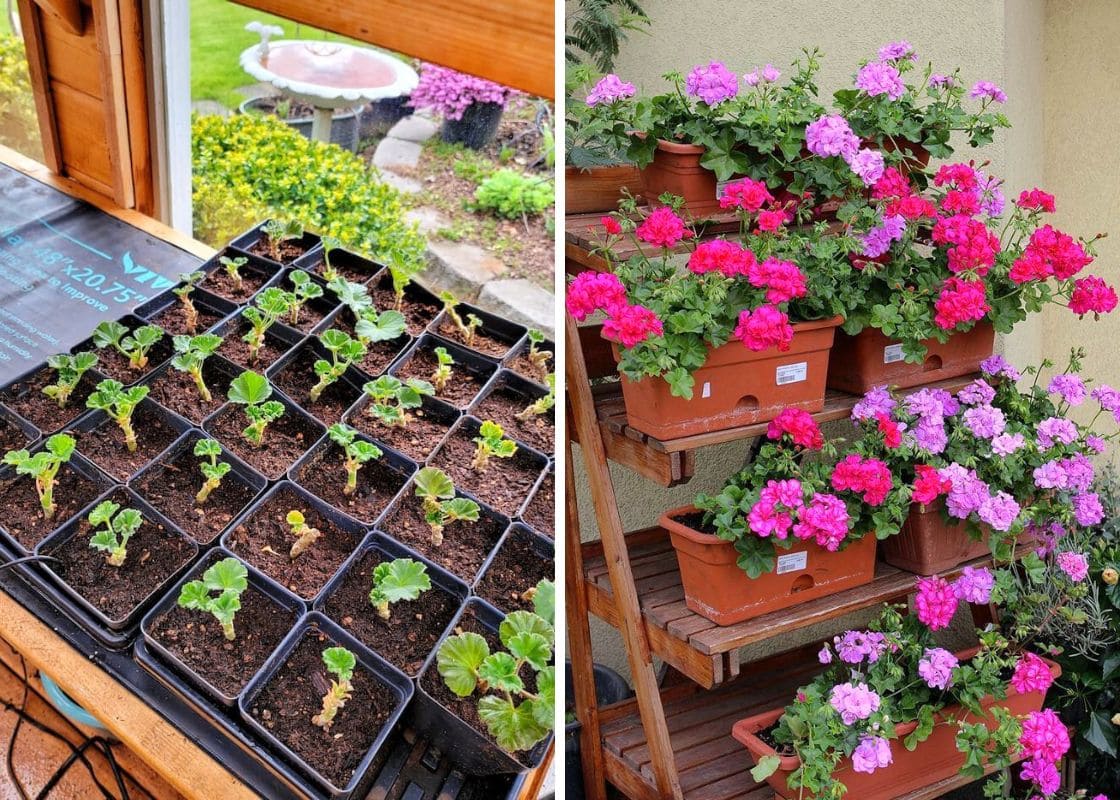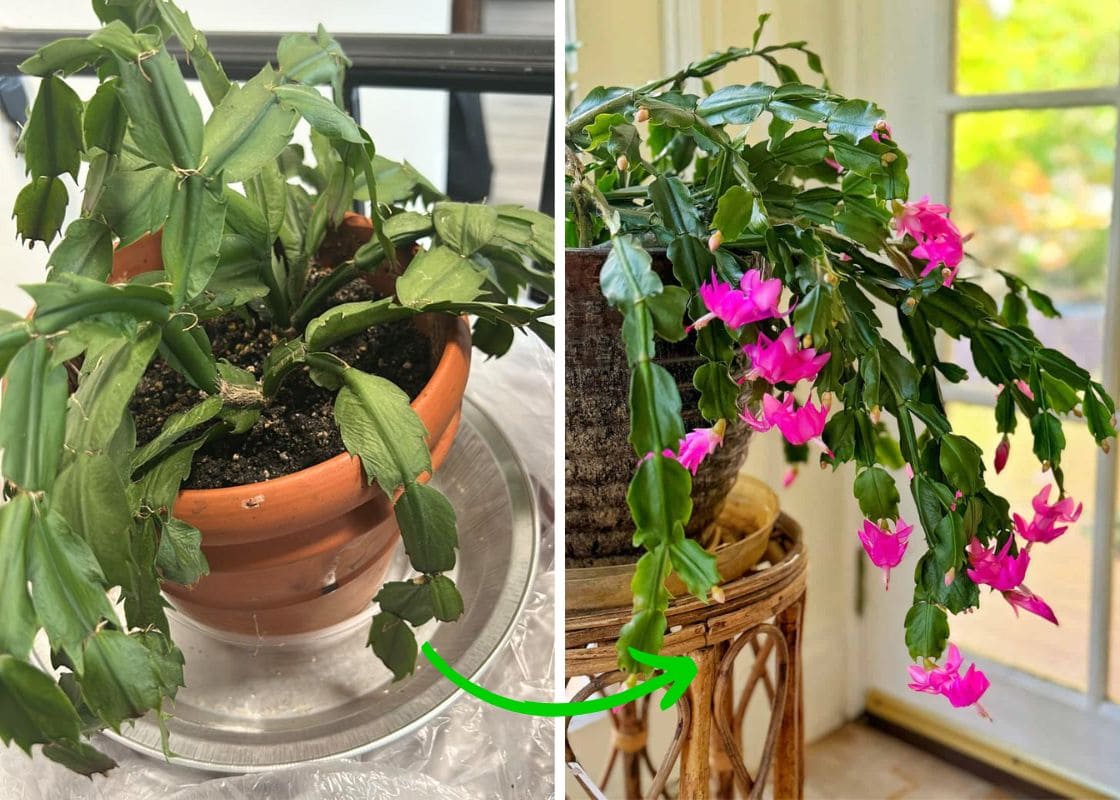Groundhogs, also known as woodchucks, are fascinating creatures, with their stout bodies and bushy tails. However, their burrowing habits can wreak havoc on your garden and yard.
Groundhogs dig extensive tunnel systems that not only damage plant roots but can also compromise the structural integrity of garden beds and even small structures.
Chewed plants, missing crops, and unsightly burrow mounds are common problems that disrupt our landscapes and our efforts.
It’s no wonder that finding safe and effective ways to deter these animals has become a priority for many.
| Scientific name | Marmota monax |
| Common names | Groundhog, Woodchuck |
| Size | 40-65 cm in length, 2-4 kg in weight |
| Teeth | Sharp incisors |
| Habitat | Forest edges, fields, open areas |
| Diet | Herbivorous – primarily grasses, fruits, and vegetables |
| Behavior | Solitary, diurnal, burrowing |
| Lifespan | 6-8 years in the wild |
| Reproduction | Mating in early spring, gestation period of 31-32 days |
| Hibernation | True hibernators, hibernating from October to March/April |
Identifying Groundhogs
Groundhogs are among the larger rodents you might see in North America. Typically, these animals measure between 40 to 65 cm in length, including their bushy tails.
Their fur is a brownish-gray, often with a lighter underbelly, making them blend well with their natural surroundings.
What really stands out, though, are their short but powerful legs and their sharp incisors, which they use to gnaw through vegetation and even some tougher materials.
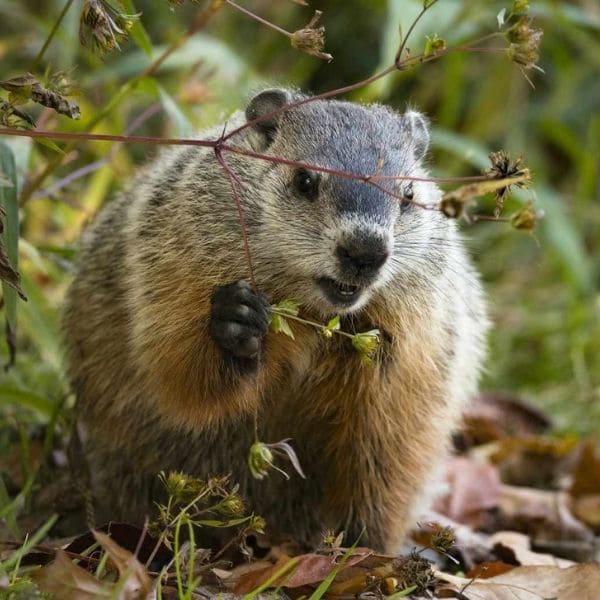
Groundhogs are diurnal. They lead largely solitary lives, coming together only during the mating season or when females are raising their young.
Moreover, groundhogs have a burrowing habit to provide shelter and places to hibernate during the winter months.
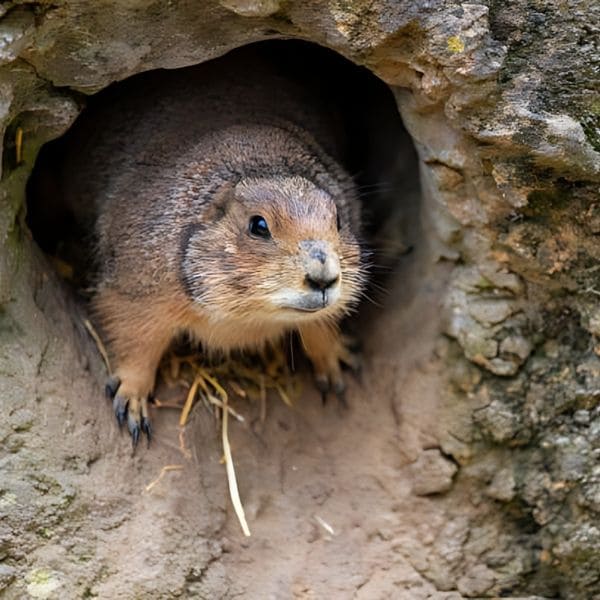
They are commonly found along forest edges. Unfortunately for gardeners, these rodents are often attracted to gardens due to the abundance of food.
Signs of Groundhogs In The Garden
One morning, I noticed several mysterious mounds and holes in my garden.
Curious and a bit concerned, I investigated further and found burrow entrances about 8-12 inches in diameter, surrounded by fresh dirt mounds.
These were clear signs of groundhog activity. They dig extensive tunnel systems with multiple entrances, creating these distinctive burrows for shelter and hibernation.
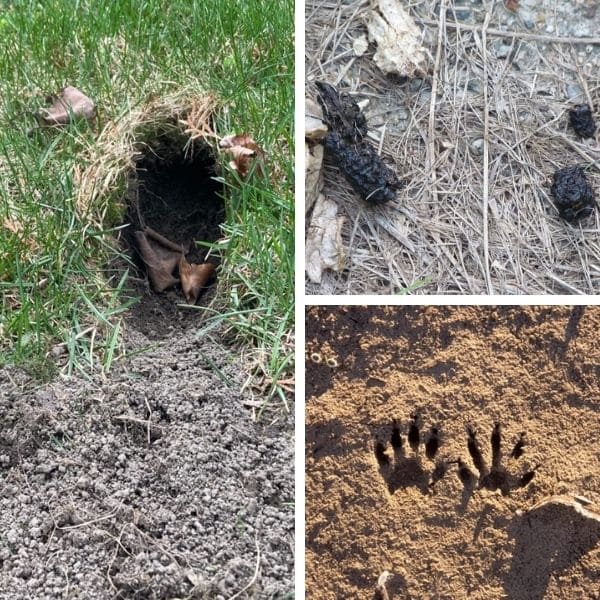
Groundhogs have a voracious appetite for vegetation. Leaves and stems were chewed, and entire plants, especially tender vegetables, had vanished overnight.
I also found groundhog droppings around the burrow entrances. These droppings are small, dark, and pellet-like.
Additionally, I noticed groundhog footprints with four toes on the front feet and five on the back. They often lead to burrow entrances or feeding sites.
How to Get Rid of Groundhogs
#1. Install Fencing
Opt for strong wire mesh, known as hardware cloth, renowned for its durability and strength.
You should begin by burying the fence at least 1-2 feet underground because groundhogs are excellent diggers, and a shallow fence would be easily bypassed.
Above ground, extend the fence to about 3-4 feet high. You can also angle the top outward, creating an additional barrier that groundhogs can’t scale.
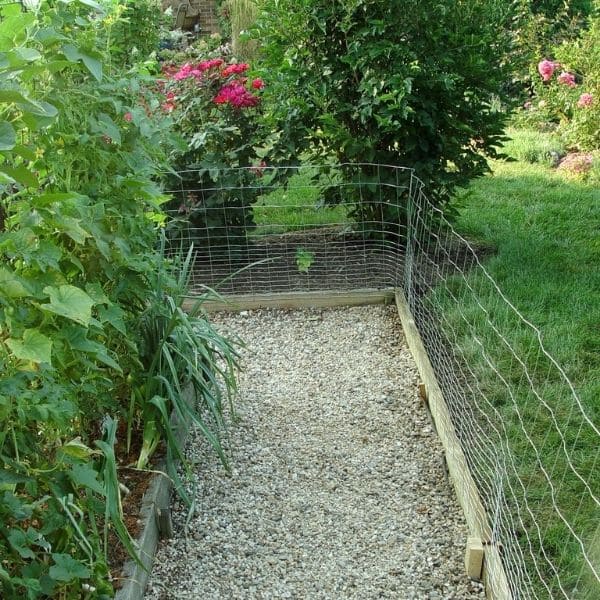
#2. Use Natural Repellents
- Garlic and Hot Pepper
Start by mixing crushed garlic cloves and hot pepper flakes with water. I usually let the mixture steep overnight to ensure the water absorbs the strong odors and flavors.
The next day, strain the solution into a spray bottle. Generously spray this mixture around the perimeter of your garden and directly on plants that groundhogs seem to favor.
The pungent smell and taste of garlic and hot pepper are highly unpleasant to groundhogs, making them think twice about invading your garden.
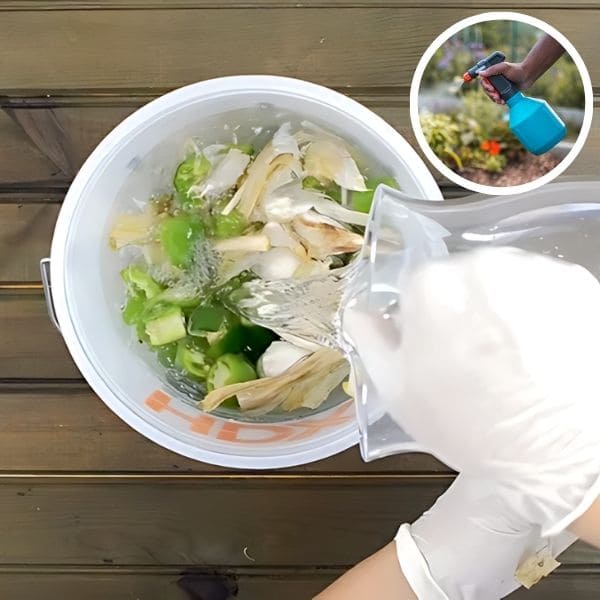
- Castor Oil
I discovered a tip of using castor oil from my neighbor and decided to give it a try. To create the mixture, combine castor oil with water and a bit of liquid soap.
Then pour the mixture into a garden sprayer and apply it on the areas where groundhogs tend to burrow or feed.
The smell and taste of castor oil are highly unpleasant to groundhogs, and it discourages them from digging and foraging.

- Predator Urine
Pouring ammonia into their tunnels makes groundhogs immediately abandon the burrow.
It’s essential to locate all tunnel entrances because groundhogs usually have multiple holes. You might need to repeat this process over a few days to ensure they leave for good.
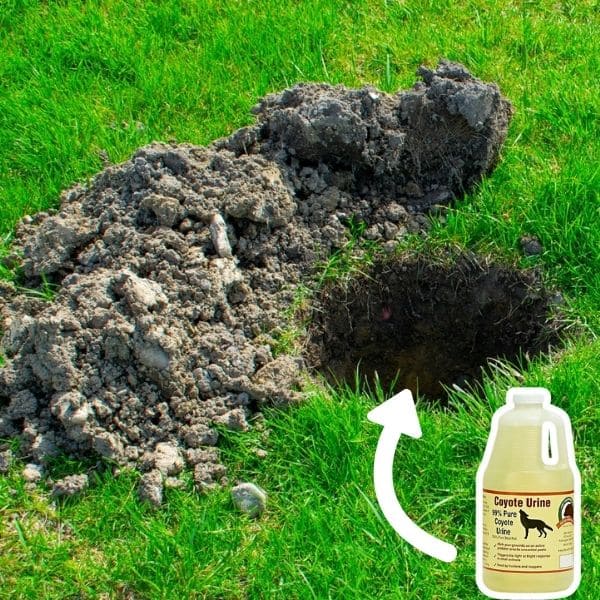
- Epsom Salt
You should sprinkle Epsom salt around the perimeter of your garden and near the plants that groundhogs favor.
The bitter taste of the salt is highly unpleasant for them, discouraging them from munching on your vegetables and flowers.
Additionally, Epsom salt is beneficial for the soil, providing essential nutrients that promote plant growth.
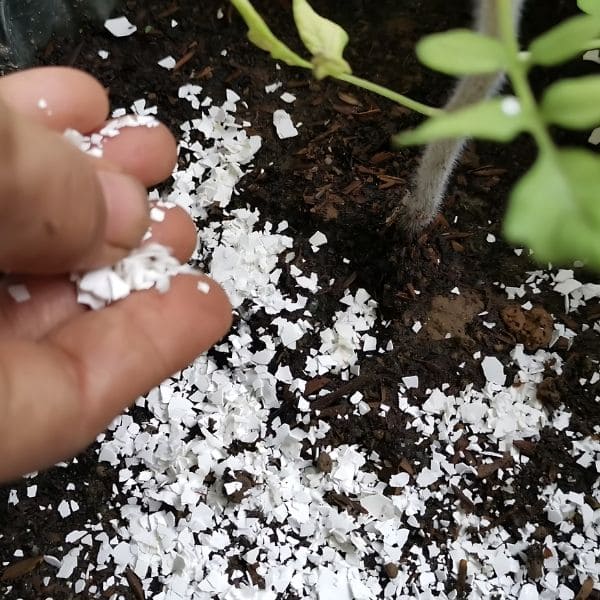
- Hair Clippings
Groundhogs hate the smell of humans, so you should start collecting hair clippings from your trips to the barber and scattering them around your vegetable garden and near burrow entrances.
To ensure the hair didn’t blow away on a windy day, tuck it into mesh bags and secured them to the ground.
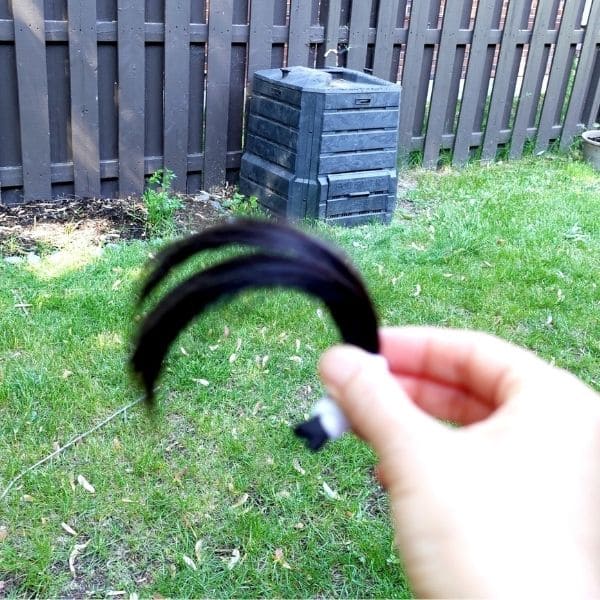
#3. Use Commercial Repellents
If natural methods didn’t quite do the trick, try commercial repellents. These repellents come in two main types: granular and liquid.
Granular repellents are easy to spread around the garden perimeter and burrow entrances, while liquid repellents can be sprayed directly onto plants and around entry points.

When applying these products, it’s crucial to follow the manufacturer’s instructions closely. Each product has specific guidelines for optimal use, ensuring maximum effectiveness.
I typically apply the repellent in the evening when groundhogs are less active. Importantly; regular reapplication, particularly after it rains, as the water can wash away the repellent.
#4. Make Trapping
Position the traps near the burrow entrances and along the paths the groundhogs frequently used.
Fresh fruits and vegetables worked well, but groundhog-specific bait available at garden stores can be even more effective.
Then you should relocate the groundhogs at least 5 miles away, ideally in a wooded area where they could thrive without causing further issues.
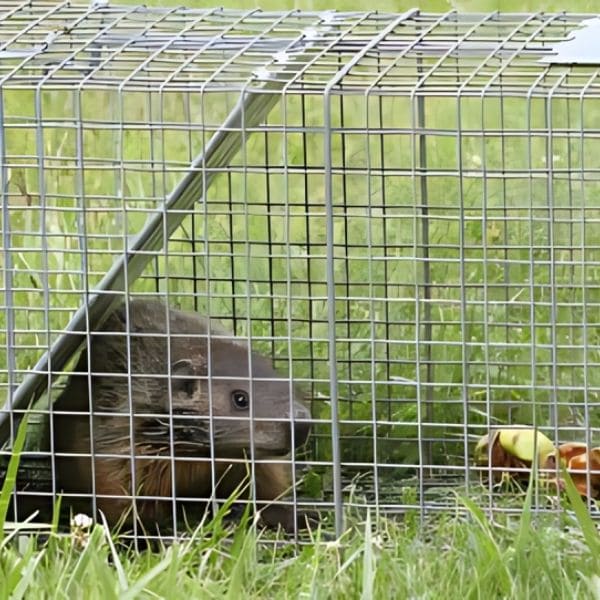
However, you need to know that in some areas, trapping and relocating wildlife is illegal.
For example, in my state of Pennsylvania, the regulations permit live trapping of groundhogs as long as they are relocated within a reasonable distance.
But in some states like California, relocating wildlife is often prohibited due to concerns about spreading diseases and disrupting local ecosystems.
Similarly, states like New Jersey require permits for trapping and relocating any wildlife, including groundhogs.
How to Prevent Groundhogs from Returning
Make A Scarecrows
You can gather some old clothes, straw, and sticks to construct human-like figures. Interestingly, this project can be done by your family, with everyone pitching in to dress and stuff the scarecrows.
Once they were ready, place them around the garden, focusing on areas near burrow entrances and the plants the groundhogs seemed to favor.
The sight of these human-like figures standing guard can be quite effective at deterring groundhogs, as they naturally fear humans.
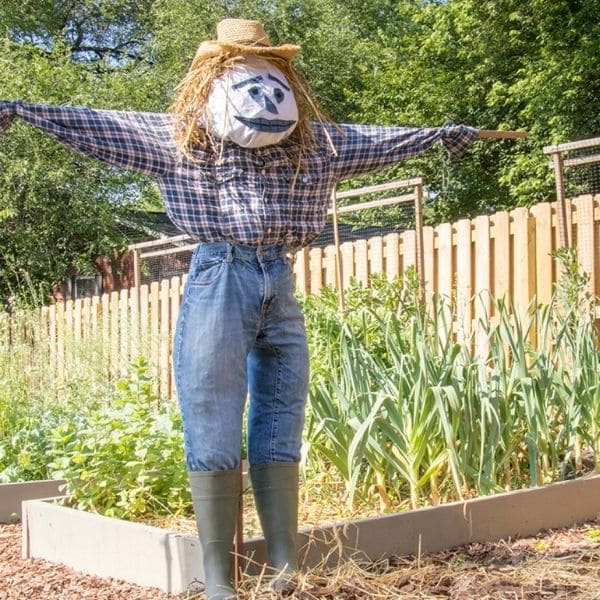
Setup Motion-activated Sprinklers
Installing the sprinklers is easy, you only position them around the perimeter of your garden.
Equipped with motion sensors, they activate a sudden spray of water whenever groundhogs come close.
These sprinklers can also deter other unwelcome visitors like deer, raccoons, and even stray cats.

Use Ultrasonic Devices
Few months ago, my husband installed an ultrasonic device to deter deer. Surprisingly, it is effective against groundhogs.
They emit high-frequency sounds that are incredibly unpleasant to groundhogs but completely inaudible to humans. After a few days, I noticed a significant drop in groundhog activity.
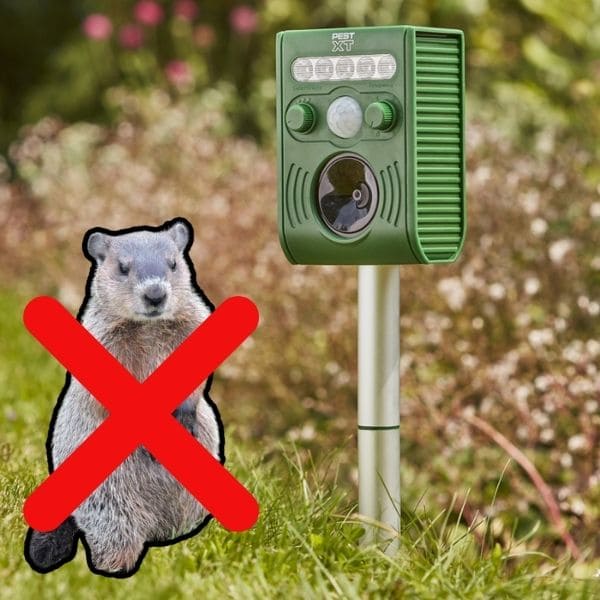
What I love most about ultrasonic devices is their simplicity and effectiveness. There’s no need for constant maintenance, and they provide a silent, hassle-free solution.
Harvest Fruits And Vegetables
Finally, you should pick ripe fruits and vegetables promptly to reduce the food attractants that draw groundhogs in the first place.
Additionally, debris removal plays a crucial role. Regularly clear away fallen fruits and plant debris from the garden to keep the garden tidy and remove potential snacks for these critters.
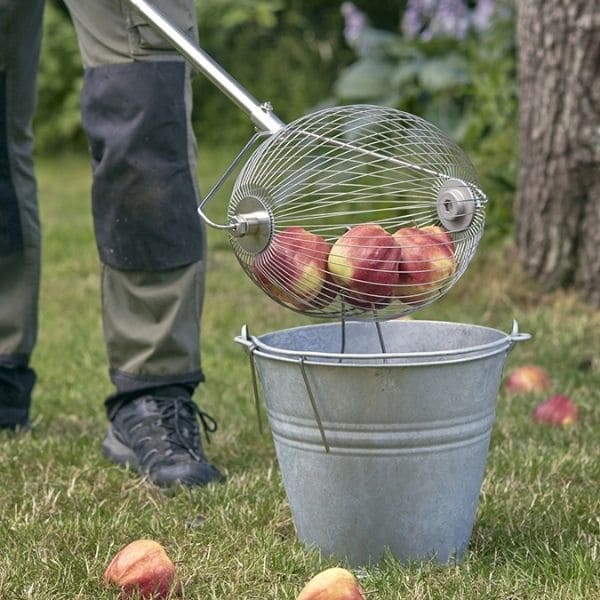
FAQs
What time of year are groundhogs most active?
Groundhogs are most active during the warmer months, typically from late spring through early fall.
They emerge from hibernation in early spring and are busy feeding and preparing for the next hibernation period by late summer.
Do people confuse groundhogs with other animals?
Yes, groundhogs are often confused with other burrowing animals like gophers, prairie dogs, and even marmots.
Each of these animals has distinct habits and appearances, but they can look similar to the untrained eye.
Are there benefits to having groundhogs in your yard?
While groundhogs can be a nuisance, they also play a role in aerating the soil with their burrowing, which can benefit plant roots.
Additionally, they are part of the ecosystem and provide food for predators like hawks, foxes, and coyotes. However, the potential damage they can cause often outweighs these benefits for gardeners.
